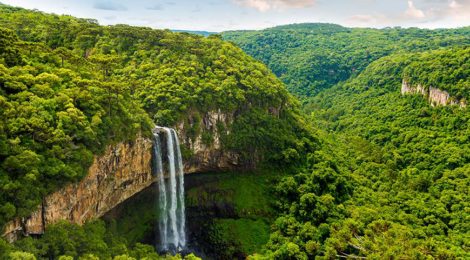
Insects, Arthropods, And Their Entire Food Chain Collapses In Pristine Rainforests
America’s own Luquillo Rainforest in Puerto Rico is ground zero of the global insect apocalypse
Far from human agriculture and pesticides, the insect apocalypse is at its worst
Newly published scientific report documents cataclysmic disappearance of tiny life by 10-60 times! As little as 1.6% of tiny life remains.
This very recent PNAS paper offers critical evidence in understanding the apocalypse taking place amongst insects and arthropods and their closely related predators. In this pristine ecosystem with profound evidence of arthropod/insect/small life near extinction the ‘usual suspects’, those being agriculture and pesticides are excluded, as the cause of the rapid collapse of arthropods and related life. This highlights that the cause of the insect apocalypse is far more likely to be the direct, though slowly deadly effects of CO2. Its action is via oxidative mortality and as an ATP inhibitor at the 50% higher levels of CO2 the world is now suffering due to yesterday’s trillion tonne dose of deadly CO2. It’s action as a climate forcing agent pales in comparison.
Scientist/author Brad Lister returned last year to the pristine Luquillo rainforest in Puerto Rico to add to 35 years of tiny life studies and made a horrifying discovery. He reports that in his benchmark studies some 35 years ago he measured a flourishing and abundant insect population in the forest along with the animals that feed on those insects.
Today he finds almost no insect life, by comparison, they have simply disappeared. In fact, he reports that more than 98% of the ground insects have vanished while 80% of those in leaf canopy had vanished. His analyses revealed synchronous and similar catastrophic declines in the lizards, frogs, and birds that eat arthropods.
“It was just astonishing,” Lister said. “Before, both the sticky ground plates and canopy plates would be covered with insects. You’d be there for hours picking them off the plates at night. But now the plates would come down after 12 hours in the tropical forest with a couple of lonely insects trapped or none at all.”
“It was a true collapse of the insect populations in that rainforest,”he said. “We began to realize this is terrible – a very, very disturbing result.”
Keep in mind that Earth’s insects used to outweigh humans 17 times over and are such a fundamental foundation of the food chain that scientists say a crash in insect numbers will trigger an ecological catastrophe even a mass extinction. Without any question, that crash has already occurred.
Oxidative Mortality – Its the CO2, not the warming
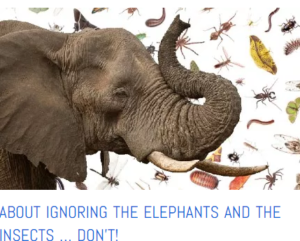
Insect ontogeny and phylogeny don’t allow insects the time to respond to our fossil fuel age deadly CO2 overdose.. They simply can’t evolve fast enough to survive. It’s up to us to save them. Read more
CO2 acts as a persistent and pervasive antagonist toxin for arthropods (tiny life with exoskeletons including the insects, spiders, etc.). These tiny creatures are shown to be facing extinction from CO2 induced oxidative mortality/stress now that CO2 levels have risen to nearly 50% above the levels they evolved to live with.
Arthropod life keeps oxygen-limited in their vulnerable tiny bodies by highly evolved and precise regulation of CO2. Think of them as the reverse of yourself, they don’t need more air, they need less.
Simple equilibrium chemistry tells us that with today’s dramatically higher ambient CO2 the insects are tricked/forced to open their spiracles (breathe) to try to eliminate internal CO2 more frequently and for longer periods of time. This exposes them to deadly effects of oxygen/CO2 that is their slow poison via CO2 and oxidative stress-induced mortality.
The perils of blaming the wrong cause.
Blaming the CO2 ‘global warming’ effect for the apocalypse now nearing extinction levels is clearly a faulty hypothesis no matter how popular it may be. The use of ‘the usual suspects’ is sheer folly.
Blaming agriculture and pesticide use for the demise of arthropod nature is an equally terrible folly as it distracts from the real villains, ourselves and our yesterday’s CO2. Demanding the pesticide makers and users stop simply diverts attention from the real cause of the global crisis that is our abusive use of fossil fuel energy that has already saturated this planet’s air and oceans with a clearly lethal dose of yesterday’s CO2. Keep in mind that the extra CO2 insects are now suffering from, also acts as a slow-acting ATP inhibitor, the same metabolic poisoning mechanism exploited in the most deadly of our synthetic organophosphate and neonicotinoid insecticides.
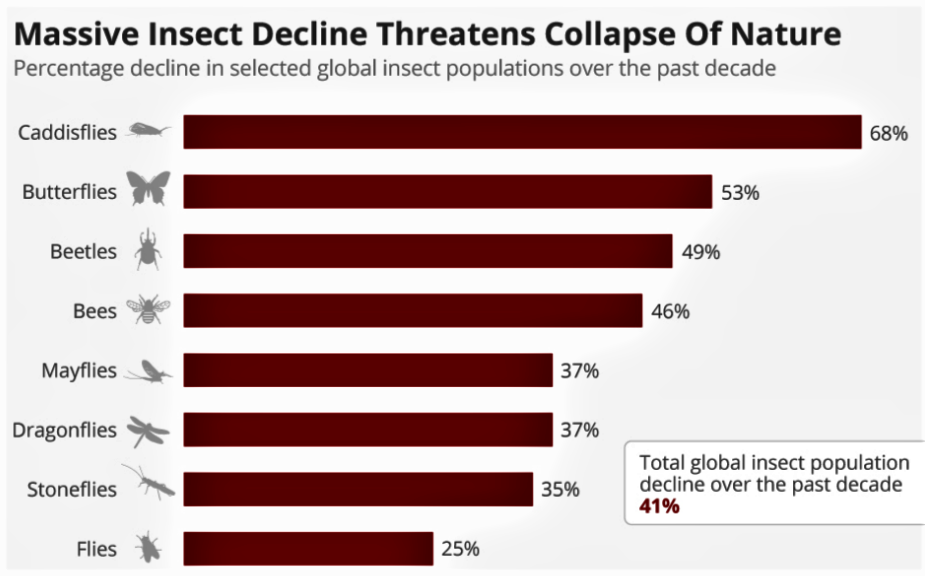
Globally insects are under a dire threat as a recent meta-analysis of 73 papers has shown… click to read more
It seems most of humanity will wag fingers of blame at anyone and everyone other than themselves right up to the end while we engage only via social media and our pittance of individual charitable action toward solving this crisis. Our sins of emission are worsened by such absurdities as demanding that someone else, anyone else, engage in other distracting trifles such as regenerative agriculture.
No time left
There is scant time to accomplish massive ecological restoration of this blue and green planets photosynthetic potency. While rainforests like America’s precious Luquillo National Forest in Puerto Rico is beautiful, as are all forests, there is simply far too little forestable land available on this Earth to replant to help life survive. Trees also take decades to mature into potent photosynthesis machines.
Keep in mind that ONLY yesterday’s CO2 emissions are causing the extinction of insect and tiny life on land today. That yesterday’s clearly proven lethal overdose is now more than a trillion tonnes of our fossil fool age CO2 and it took the energy of the entire fossil fuel age to pour that deadly poison into our air and oceans. Sure we should slow down or even eliminate the emission of a second lethal overdose of CO2, tomorrow’s CO2, but if we don’t treat yesterday’s overdose tomorrow’s will hardly matter.
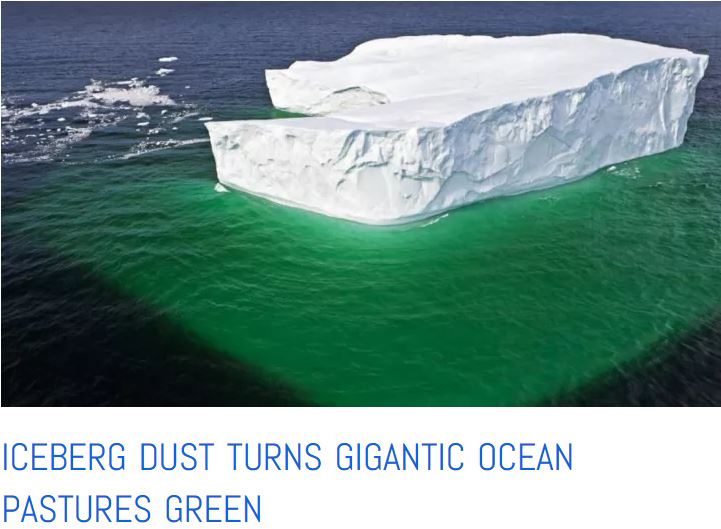
Iron-rich dust accumulates in Antarctic Ice released as icebergs drift and melt. The result … the ocean becomes greener and more productive than the greenest rainforest. Click to read more
The Cure
The ONLY power available to this blue planet that can match our fossil fuel age energy extravagance is the sun as it works via photosynthesis. The oceans where 98% of plant life lives is the only place were we might begin to care and tend to our ocean pastures so that we might restore and replenish their natural capacity to repurpose of deadly CO2 into new life itself.
As for tiny life in the world’s oceans, the plankton, they are in the same state of collapse as their terrestrial plankton cousins, the insects and arthropods.
Help us help our Mother Ocean she’s our only hope.









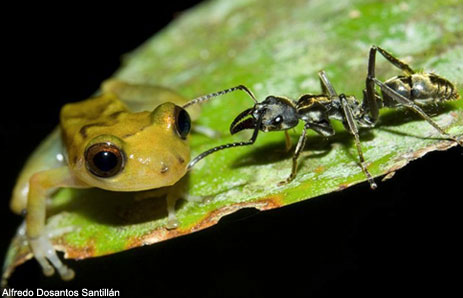
How can people help you in this quest?